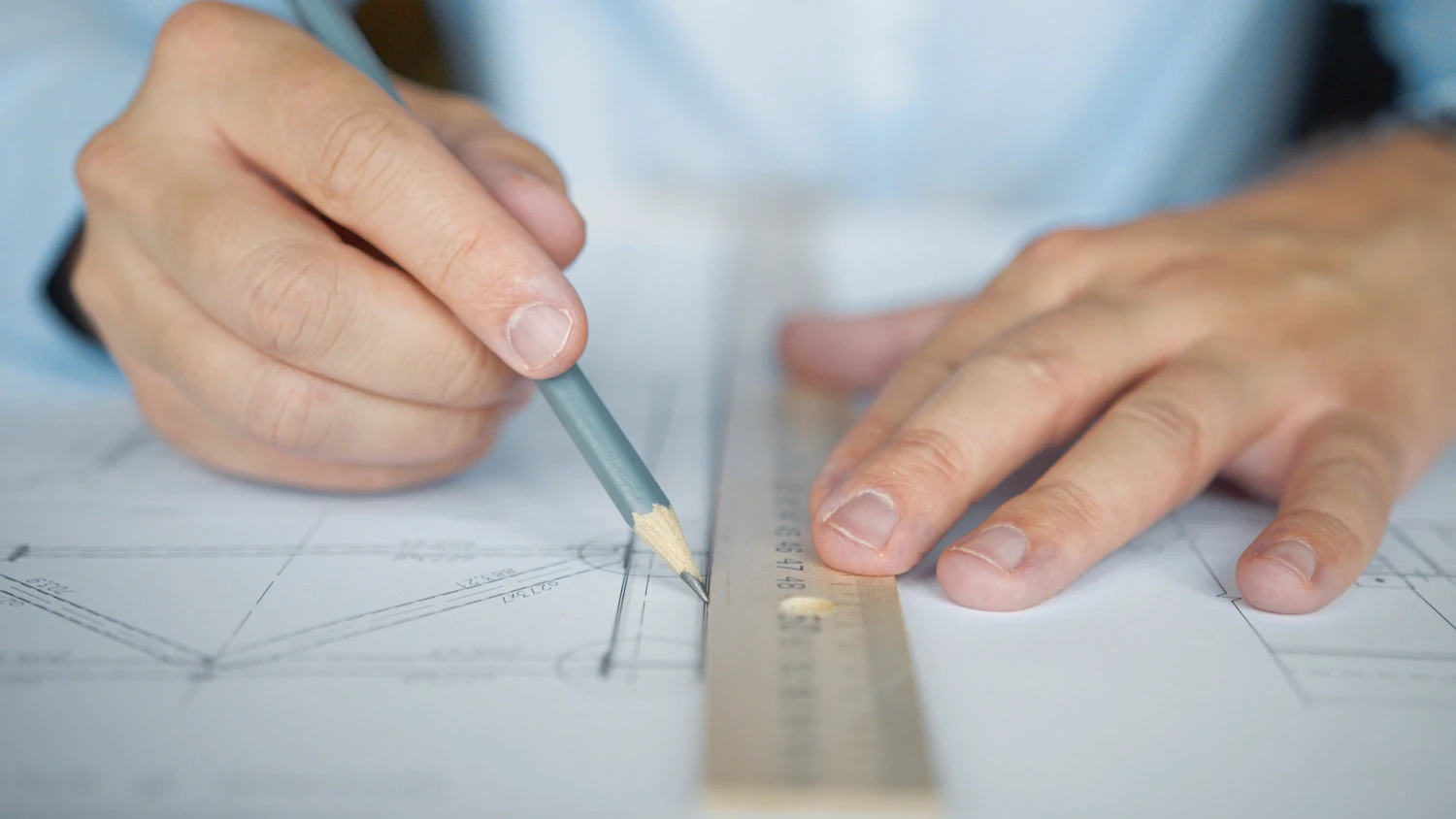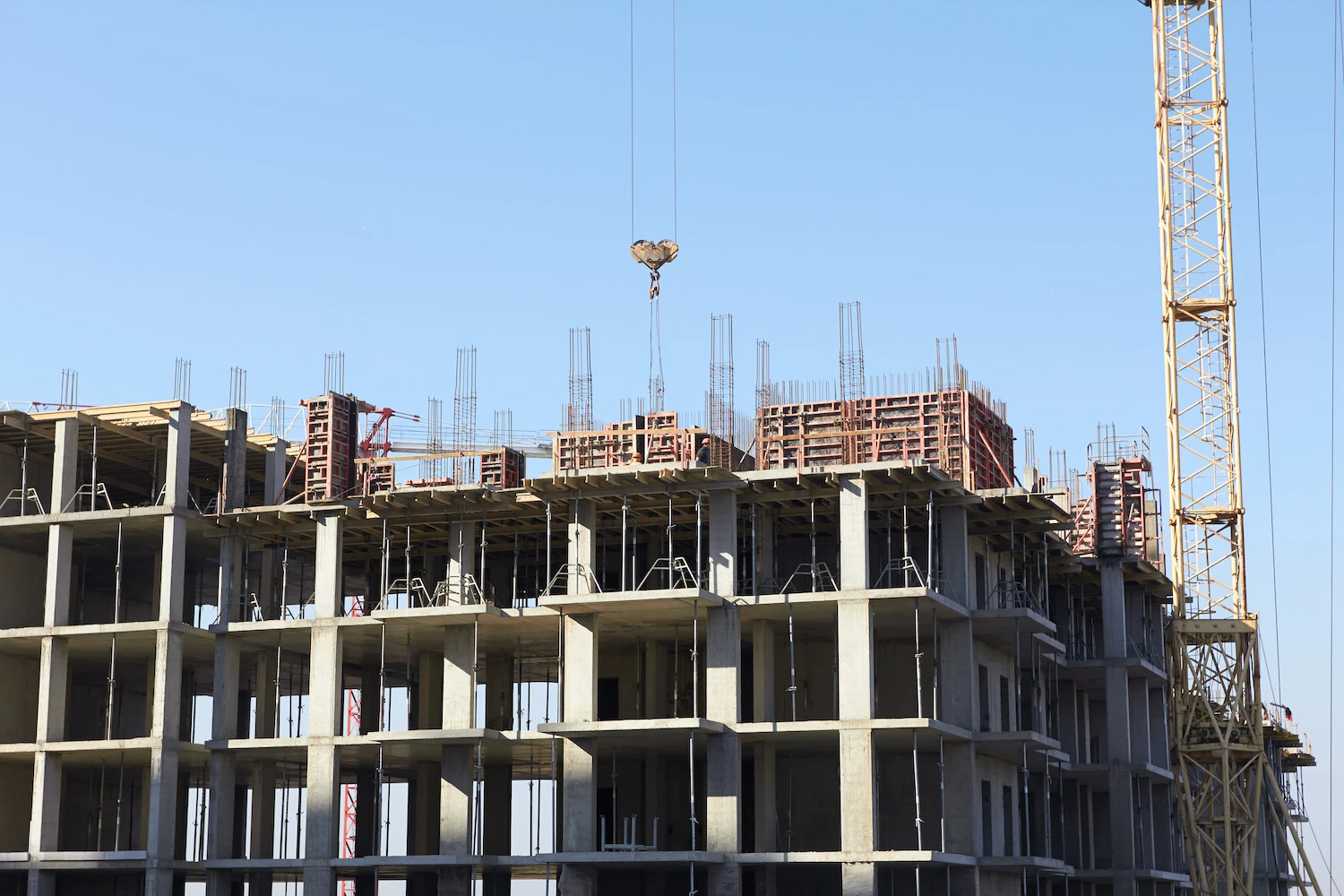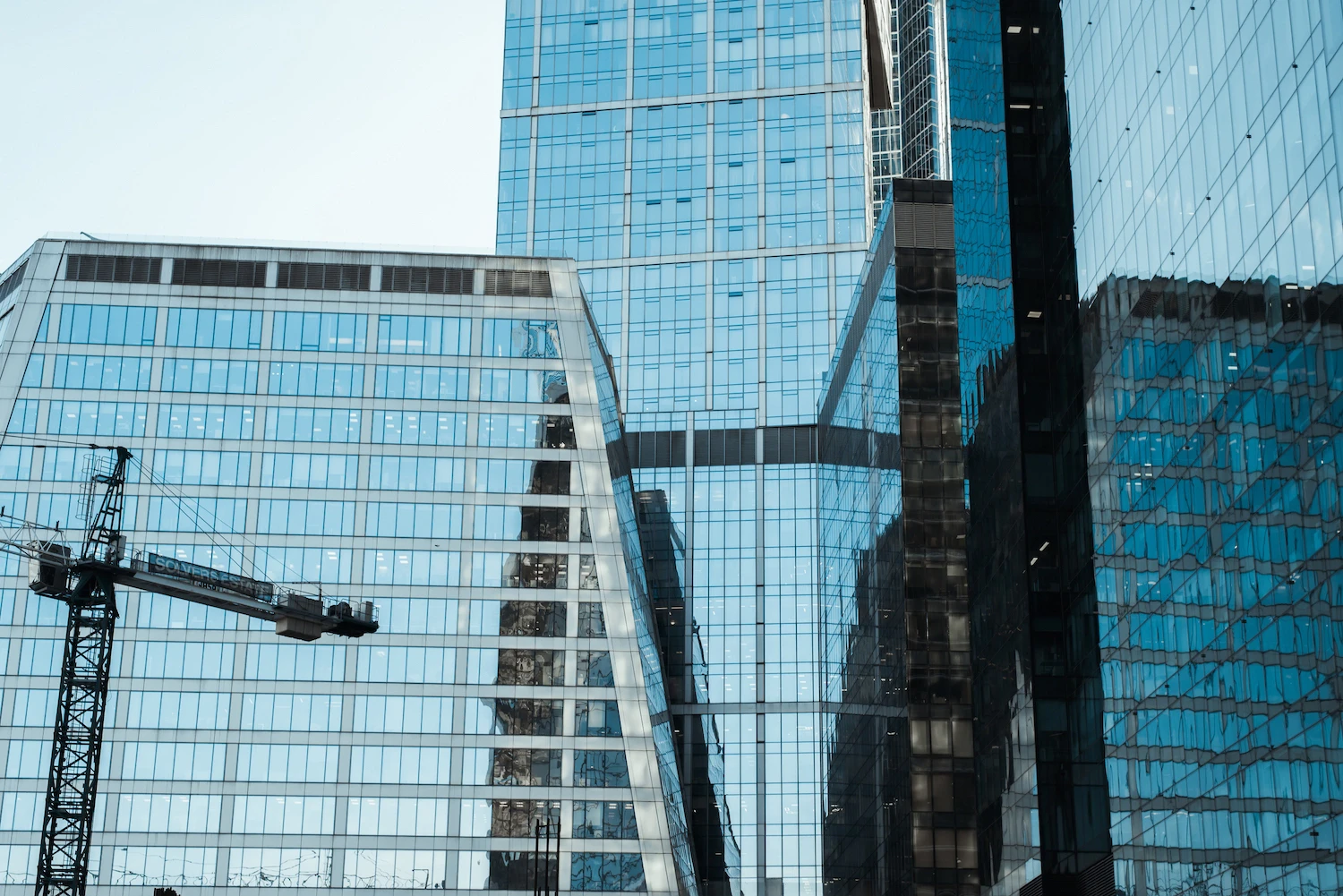If you’re considering building a new commercial space, there are many factors to take into consideration. First, constructing your commercial structure involves a considerable investment of time and money, so you must ensure it’s the right move for your business. You may choose to simply do improvements rather than an entire build.
However, if you decide to move forward with the project, the number of tasks needed to complete it can quickly become overwhelming, especially for first-time builders or investors. Success depends on your ability to execute and complete each step right the first time without rushing the process.
To learn more about commercial building construction, we’ve outlined the process from start to finish, with an in-depth look at what’s expected at each step. Knowing how the sequence works can help you better plan for your project and ensure it goes as smoothly as possible.
There are many different steps involved with constructing a commercial structure. Even within phases of the construction process, smaller, individual tasks add to the list of things to be completed. The most critical stages are outlined below.
1. Planning and Development
This is the first phase of the project and arguably the most important. Within this step, you need to accomplish other, smaller tasks before you move onto the design stage and begin the actual construction.
The primary step in this part of the development is finding a location for your site. This assumes you are erecting a new commercial structure rather than renovating or adding onto an existing property.
When choosing the location for your site, consider such factors as client and employee access to the property or properties surrounding your project and the types of surrounding businesses that could impact your process. Also, consider whether the location is zoned for the kind of construction you wish to pursue and whether nearby infrastructure can handle the needs of the business.
After choosing a location, you should budget and create a schedule for the entire plan from beginning to end. When setting a budget, you should also consider the size of the structure you wish to construct. Generally, the larger it is, the more materials and labor it needs, which increases the cost.
At this step, you must hire an architect and contractor or a company specializing in commercial construction with in-house architects and contractors. This will ensure that you are working within the limitations of the location and that the architect and contractor are on the same page regarding the design. These sets of tasks may also be grouped under the pre-design phase.

2. Designing
In the design stage, a more specific plan is developed. As part of this process, the architect confers with you and outlines the size and functions of the rooms and common spaces, clarifies the building’s orientation and connection to utilities, determines the design’s feasibility, and forecasts the timeline and costs.
Ideally, each room’s size and function are determined according to the property’s orientation to ensure it aligns with utility connections and development covenants. The primary goal is to make sure the design is feasible. Keep in mind that the plans must meet building codes and regulations. Schematics will also be created to help determine the colors, materials, patterns, shapes, textures, and sizes of every material you need.
This process works exceptionally well when contractors work directly with the architects. This can help with a more accurate estimate of the total project cost, including price points for the needed materials and equipment, since both the architect and contractor will be on the same page.
The design stage is also when bidding happens. Every commercial construction project should include a bid. Otherwise, it becomes difficult to estimate the total cost accurately.
Construction companies are also hired during this step to serve as the main contractors of the commercial building project. The plans are then handed over to the main team, which helps the entire process run smoother.
3. Pre-Construction
This stage starts when the project owner notifies the general contractor to proceed with the plan. The list of needed materials is sent out to vendors and commercial subcontractors for quotes. At this point, all building permits and insurance requirements are obtained.
The team is also assembled during this part of the process. This is usually made as follows:
Each of these team members plays a crucial role in either coordinating as a whole or dealing with the paperwork and details regarding such factors as historical artifacts that may be found on the site.
Near the end of the pre-construction phase, a site investigation is conducted to ensure there are no surprises or unexpected complications, such as environmental hazards. You should consider hiring a soil engineer to determine if the soil is suited to begin building or if the site may require piles. Soil engineers also determine the overall stability of the ground in the area. Environmental testing is also essential, as removing contaminants from the area can be very costly.
4. Procurement
The procurement stage involves purchasing all the needed materials, equipment, and labor. The purchase order ensures that the purchased products meet the required specifications for the agreed-upon price.
If your general contractor does all their work, the company will be able to manage the procurement part independently. Otherwise, they may use subcontractors. Subcontractors specialize in one specific area of construction, such as concrete or glass. Like general contractors, subcontractors are hired during the bidding process in the design part.

5. Construction
At this stage in the process, construction begins. This is where the plans are transferred from paper to physical reality. Before starting, the superintendent will hold a crucial meeting to determine site access, material storage, quality control, and work hours.
The construction phase is the most active step of the entire process. Within this stage, you can expect smaller, individual steps to take place, such as groundbreaking, site excavation, concrete pouring, and more. The inspector and project manager are responsible for quality control at each step.
This step ends once all the construction is complete and the property is finished. Before you can use the premises, however, comes the next step.
6. Post-Construction
This stage includes several steps taken once construction is complete but before a property can be occupied. The contractor and client will walk through the structure and create a punch list in this phase. The punch list identifies components that need further attention before officially completing the project.
This list helps companies identify minor issues and tweaks required before furnishing and occupancy. Examples of punch list items include cracked tiles, leaky faucets, changing room paint colors, or replacing a broken light fixture.
Once every requirement has been met, the architect will issue a certificate of substantial completion. This certificate indicates that the building has met the standards and is officially complete. You may also begin installing any needed equipment and furnishings during this step.

There are many factors to take into consideration before beginning construction. From the first step of the process to the last one, you will be faced with an extensive checklist of things to be completed before moving on to the next phase. It is a time-consuming process and shouldn’t be taken lightly. It also requires good communication and collaboration between the professionals involved in the project to ensure everything runs as smoothly as possible and stays on budget.
Kaminskiy Commercial Construction and Design is an award-winning, full-service commercial construction and design company. We specialize in commercial tenant improvements and design for various commercial properties. No matter what field your business is in, we promise a high-quality property you can call home.
Our team provides expert, professional service, so you can rest assured your project is done efficiently and on budget. No project is too big or too small! If you’re planning to start building a new commercial space for your business or want to improve your existing property, contact us today for more information.
The commercial construction lifecycle includes several key phases: Planning and Development, Design, Pre-Construction, Procurement, Construction, and Post-Construction. Each phase is crucial, from initial planning, designing, and obtaining necessary permits to the actual building and final inspections. This lifecycle ensures that every aspect of the construction is meticulously planned and executed for successful project completion.
The design process of a commercial building involves collaborating with architects to develop a detailed plan that meets your needs and complies with local regulations. This includes determining the size and function of rooms, the building’s orientation, utility connections, and creating schematics for materials and aesthetics. It’s a comprehensive phase where the vision for the structure takes shape.
Construction management involves overseeing the planning, design, and construction of a project from start to finish. It includes coordinating with various stakeholders, managing resources, ensuring compliance with regulations, and maintaining a schedule and budget. Effective communication, proactive problem-solving, and a thorough understanding of the construction process are key to successful construction management.
Our design-build process is a streamlined approach where one entity handles both the design and construction phases. It typically involves these steps: project initiation, preliminary design, detailed design, construction, and post-construction. This method fosters collaboration, can speed up the project timeline, and often helps with budget management.
The pre-construction phase is vital for setting the project up for success. It involves tasks like site investigation, obtaining permits, assembling a team, and finalizing the project plan. This phase ensures that all potential issues are addressed before construction begins, reducing the risk of delays and cost overruns.
During the procurement phase, the focus is on acquiring the materials, equipment, and labor necessary for construction. Key considerations include ensuring the quality and suitability of materials, securing competitive pricing, and coordinating delivery schedules. Proper procurement planning is essential to keep the project on schedule and within budget.